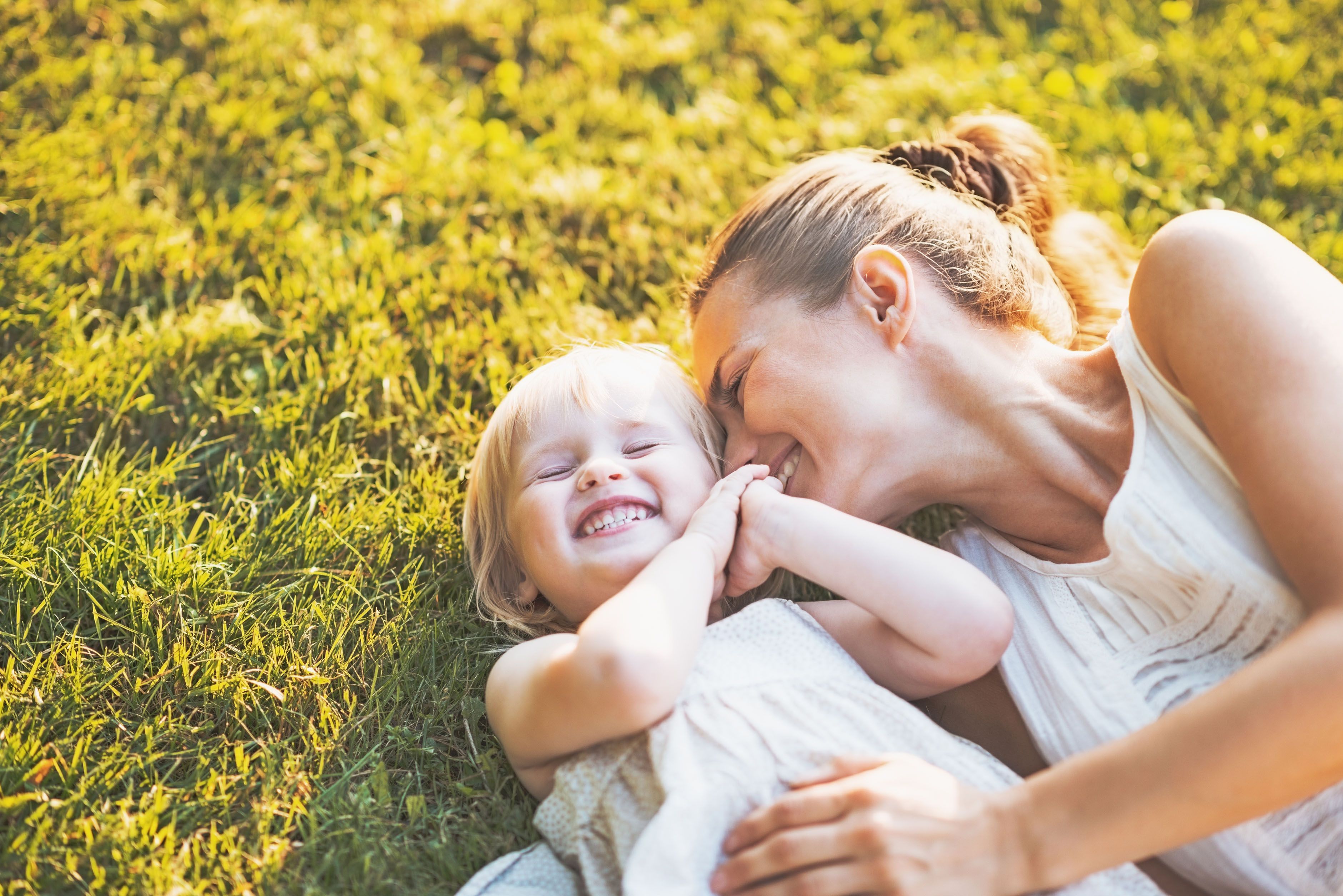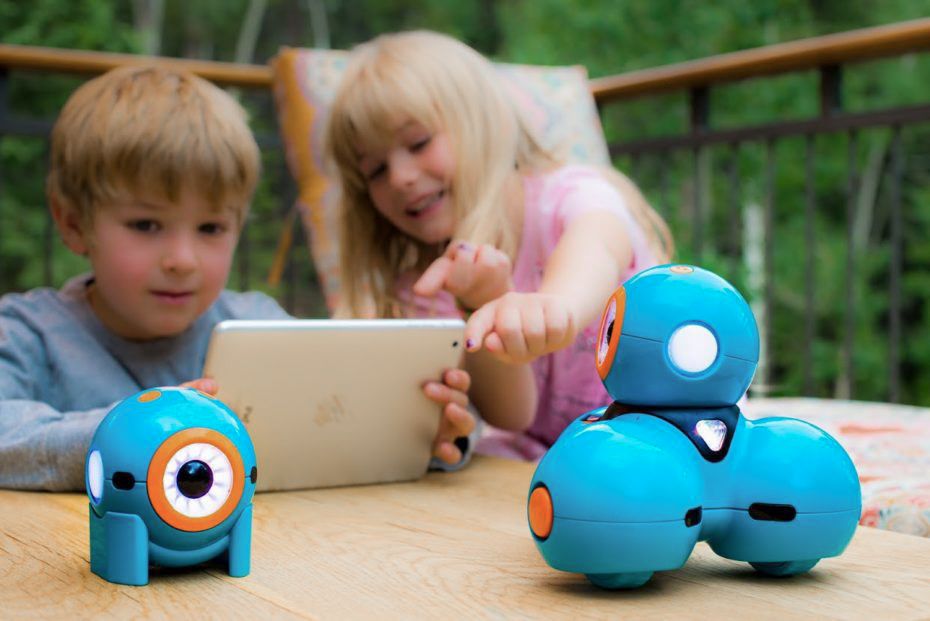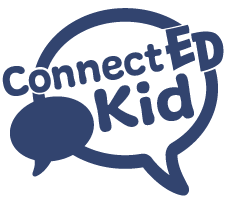6 Activities for Supporting Your Toddler's Language Development

As a parent, you play a crucial role in the language development of your little ones. Daily habits like talking and reading together are important, and incorporating other games and activities can be another fun way to help your child expand their vocabulary. We've put together a list of our favorite activities that you can use to support your child's language development at home.
Family Photo Story Time
Reading books together is a great daily habit, but by breaking out some old family photos you can make your child and family the main character. Instead of a storybook, try looking through family photos and telling your child stories about what was happening in each one. Many little ones enjoy hearing stories about themselves and their family members, and you can pause as you go to ask them what they see in the photos.
Name Safari
Next time you go on a walk with your child - whether around the block, the grocery store, or even just around the house - try doing a "Name Safari" together. For younger infants, this might just look like you describing what you see around you as they watch and listen. For toddlers, you might encourage your child to repeat after you when you name the objects you see, or you might go back and forth describing the scene to one another. Don't hesitate to be specific with your language as you go, as using more specific names (think "golden retriever" rather than "dog") will help your young one build up their vocabulary.
Treasure Basket
For an easy language activity using objects from around the house, try putting together a basket of five or six related objects to create a "Treasure Basket." You could use figurines for this, but ordinary household objects like kitchen utensils work just as well. Then, you and your child can play with the objects together as you ask questions, narrate, and discuss the play. This is a great opportunity for your child to learn some new words in a fun and playful context.
"Where Is My...?"
Another fun activity using household objects is a "hide-and-seek"-esque game we call "Where is My...?" You and your child can take turns taking an item from around the house and hiding it from one another. Then, you and your child can discuss as you search for the hidden item (i.e. "Is the cup behind the curtain? No!"). If your child is younger, be sure to pick a visible or easily findable location as your hiding place to minimize frustration.
Daily Routine Songs
Singing is a great way to support language and literacy, as we know that it helps little ones learn to decode sounds and build their vocabularies. Daily routines like teeth brushing or getting dressed can be a great opportunity to work songs into your busy schedule, and singing about these activities while you do them can actually help move your child toward independence in those tasks. No need to compose the next big hit - a simple tune and some rhymes about the actions making up these daily rituals is all you need for a great opportunity for language development and connection with your child.
Discuss Screen Time Content
If your child is regularly having screen time, there are some easy steps you can take to maximize the language development potential from it. Though many kids' shows and movies do contain some opportunities for learning, we know that young toddlers don't learn nearly as well from them as they do from real-life interactions. Still, media can expose kids to many new situations and the vocabulary that comes along with them. By talking to your child about what they watch, you can turn this into an opportunity for real learning - research has shown that young children learn more vocabulary and score higher on story comprehension when they've discussed the media they've watched with a parent. Whether you watch alongside them and discuss as you go, or chat when they've finished an episode, making conversations about media a part of your daily routine is a great step toward making the most of screen time.
When you don't have the chance to watch alongside your kids, try using ConnectEDKid resources to learn background on episodes and get inspiration for discussions.





